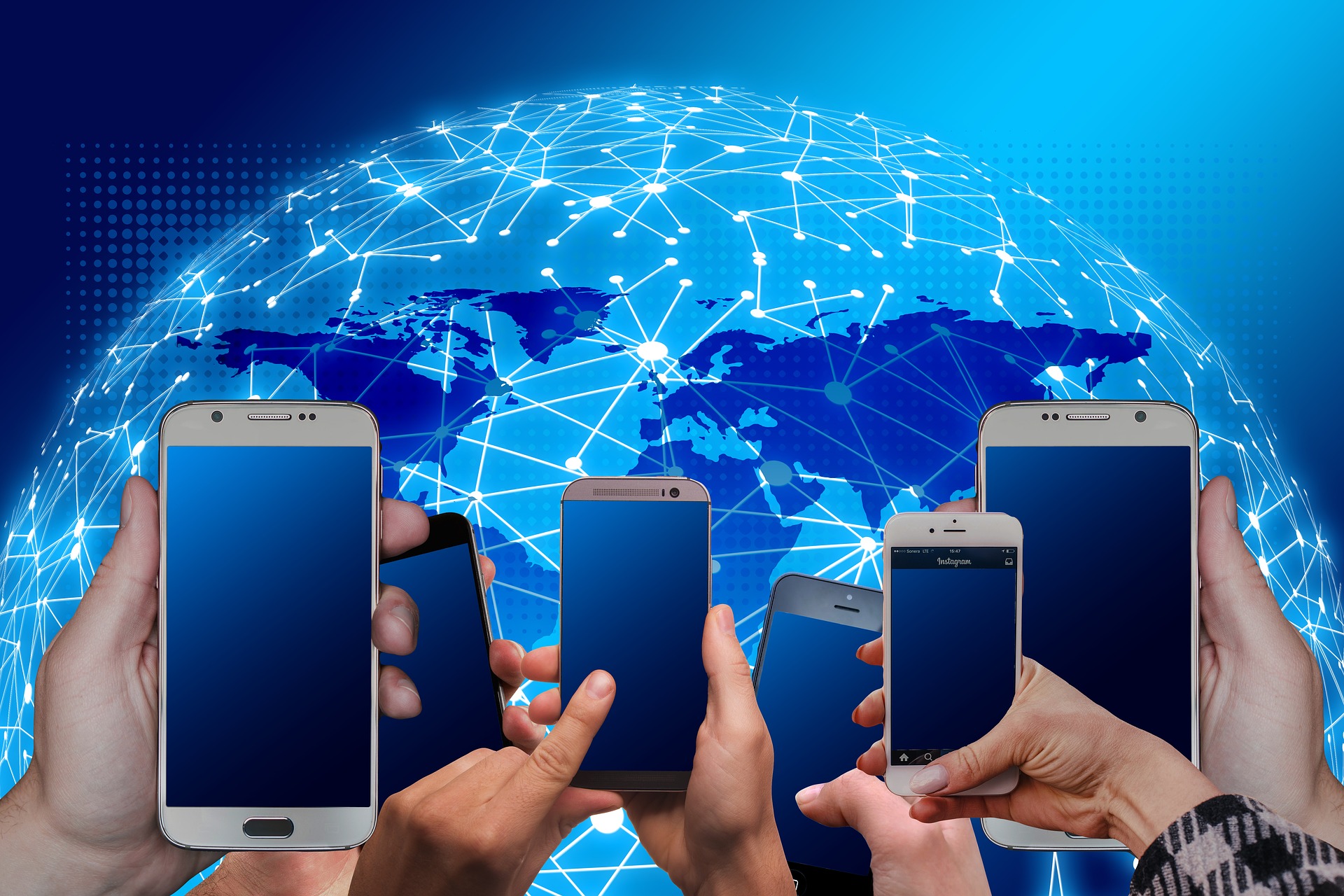In recent months, the Covid-19 health emergency has led many countries to define smartphone applications (apps) that can provide information on the “contacts” of each user in order to facilitate control of the epidemic. The development of contact tracing algorithms accompanied by timely health checks is a very important weapon to fight the virus.
The effectiveness of these solutions is essentially based on the correct definition of what constitutes “contact” which, according to WHO guidelines, is conventionally characterised by the interaction between two users at a distance of less than 2 meters for an exposure time greater than 15 minutes.
The greater the ability to reliably recognise a contact, the greater the trust of citizens, subsequent app penetration, and ultimately the overall effectiveness of the contact tracing initiative.
The best technology able to give information with this level of detail generally appears to be Bluetooth Low Energy (BLE), which, due to its reduced energy consumption, is currently the most popular solution in smartphones. Therefore, the penetration of this solution, adopted by all the leading smartphone brands, makes it the most appropriate among the short-range technologies to implement contact tracing applications.
Thanks to “ranging” methodologies, this technology is, in principle, able to provide an estimate of the distance between two terminals through the measurement of the received signal strength, the so-called Received Signal Strength Indicator (RSSI). In reality, the accuracy of this estimate is not without uncertainties, since the BLE channel is subject to both short-term fluctuations of a random nature, typically due to the multiple paths to which the signal is subject, and longer-term adjustments related to the operational conditions of use of the two smartphones in contact (smartphones in pockets, in bags, with different relative positions and so on).
Therefore, in order to provide an indication of the reliability of the distance estimation with BLE technology, many research centres have initiated new measurement campaigns to achieve an accurate analysis of the propagation channel and to try to breakdown and isolate the individual causes of variability.
From the various evaluations conducted, it quickly became apparent that the fluctuations in RSSI values are so large that the error on the position may not be negligible. In other words, this could lead to defining contact lists characterised by information with margins of uncertainty, with the identification of false positives (estimated distance less than actual distance) or false negatives (estimated distance greater than actual distance).
However, the availability and processing of information on RSSI can offer significant improvements. For example, first, there being an interest in “contacts” of significant duration, the conditions are in place to take advantage of the multiple measures available to reduce the effects of uncertainties, at least short-term ones. The choice of the most appropriate solutions can also benefit from simulations based on realistic mobility models.
For long term adjustments, in some environments more complex positioning algorithms could be used, which, through the use of anchor nodes, allow, by means of triangulation techniques, the uncertainty about the position to be reduced down to a few centimetres or, without resorting to infrastructural solutions, an alternative solution could derive from the centralised availability of RSSI values, since the joint analysis of relative distances between terminals can lead to very accurate estimates.
Looking ahead, should the judgement of health authorities be directed towards the desirability of devoting attention to improving the accuracy of contact distance estimation, the use of processing algorithms – from distributed temporal filtering to centralised uncertainty minimisation algorithms – may be able to confer greater reliability to the contact tracing service.
